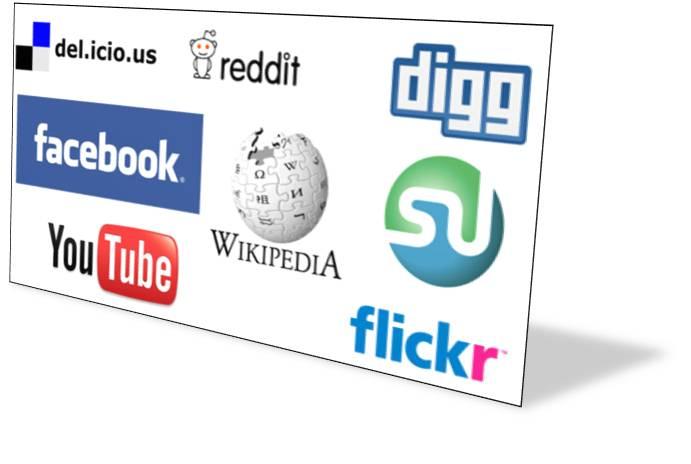The Social Media Release (SMR) has become a vehicle for writers and PR practitioners from the self-publishing Web 2.0 era, moving forward into new Web 3.0 applications. Web 3.0 apps will make user-generated content more personalized and manageable by intelligently sifting through it based on our interests and history, and presented in each user’s preferred format, bet it podcast, videos or articles.
Storytelling is now more important than pitching a news angle.
You may know the SMR by other names such as: social media press release, new media release, and e-release. As a PR tool, it is most effective if used along with company blog posts, large numbers of social followers and a reputable online newswire, such as RushPRNews.
The SMR tells a story using search engine optimization (SEO) writing techniques to reach the intended audience. SMRs are not announcements; they have a real mission: to ignite the conversation. Not only should social media releases inform, but they should also ignite the spread of the story being told with multimedia by being shared, bookmarked, and by propagating the content through various social media outlets.
So what is the difference between a press release and a social media release?
A traditional press release reveals something new in a “pitch”. It announces to the public items of interest such as a new product, service, the opening of a new office, a new partnership, or other type of commercial activity. SMRs are more of a “buzz” starter and they converse with their audience. SMRs can incorporate many different types of content and use multiple social tools such as YouTube, podcasts, Retweets and Shares on Facebook as part of the storytelling process.
The purpose of SMR is to share information, both written and visual, that is relevant, readily understandable and easy to pass along. Using bookmarks, images, links, tags, text, and video, it allows readers to interact both directly and indirectly.
So what’s new since the first SMR? Participating on social media sites has become second-nature for most.
The first social media press release template was produced by Shift Communications in May 2006. Under a catchy headline and subhead, the release provides core news facts in an easy to read, bulleted format. Links, RSS feeds, photos, MP3 files, podcast links and graphics (often logos) round out the coverage. Pre-approved quotes from analysts, corporate executives, customers or partners can be added, along with links to across posting of relevant media coverage. An RSS feed found at the end of the release allows easy access to the client’s news releases and other related social media sites. Later versions introduced aggregated engagement and contextual clicks into the SMR. These new features allow the reader to truly ‘sphere this’ by creating one central place for all the news about a product or event. Most importantly, the social media release has truly evolved in order to create, publish and share news with socially-connected online communities.
Social networks spread the content of SMRto their multiple networks, but the distribution of SMRs to the media is still handled by newswire services.
A newswire service must be able to connect easily and in real-time with social communities in order to do more than just shout the news or play the role of a modern-day town crier, it must be able to engage with audience.
Was the birth of social media release necessary?
The tremendous popularity of social networks says yes. Since thetone and mood of social media sites is conversational, engaging readers in dialog and providing an incredible market research opportunity for companies, PR writers had to adapt and adopt emerging technologies. Keeping this reality in mind, SMRs were created to facilitate this process by making good use of the latest digital tools in order to increase conversation with their targeted audiences.
Recognize the viral marketing power of social media releases. To learn more about applying these principles to your marketing strategies, listen to Anne`s Podcast – social media – Part 1.




